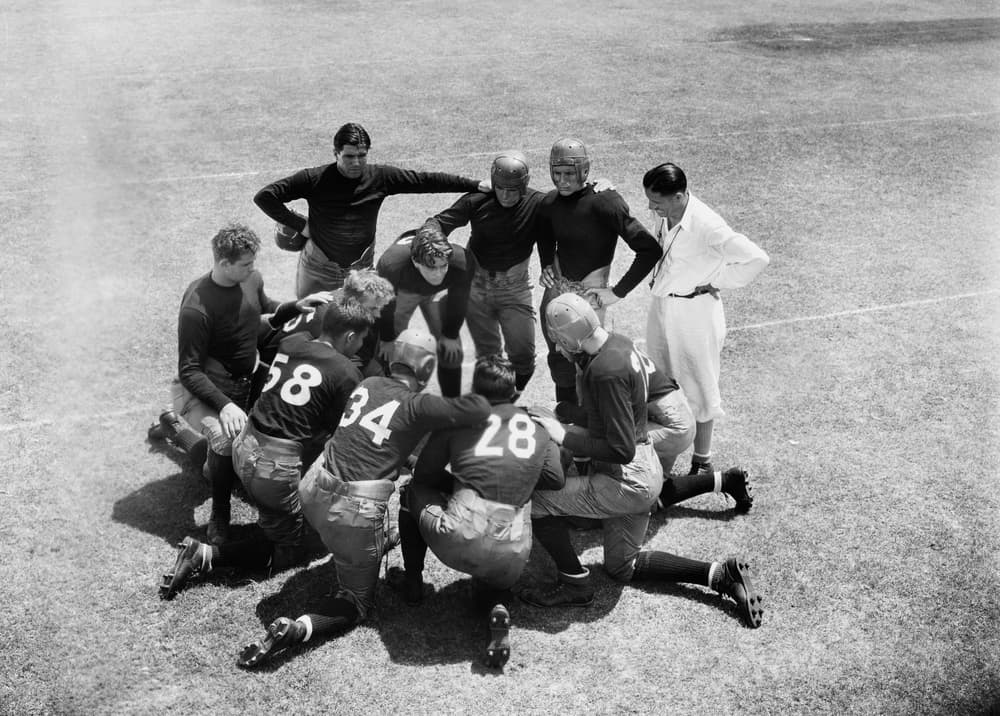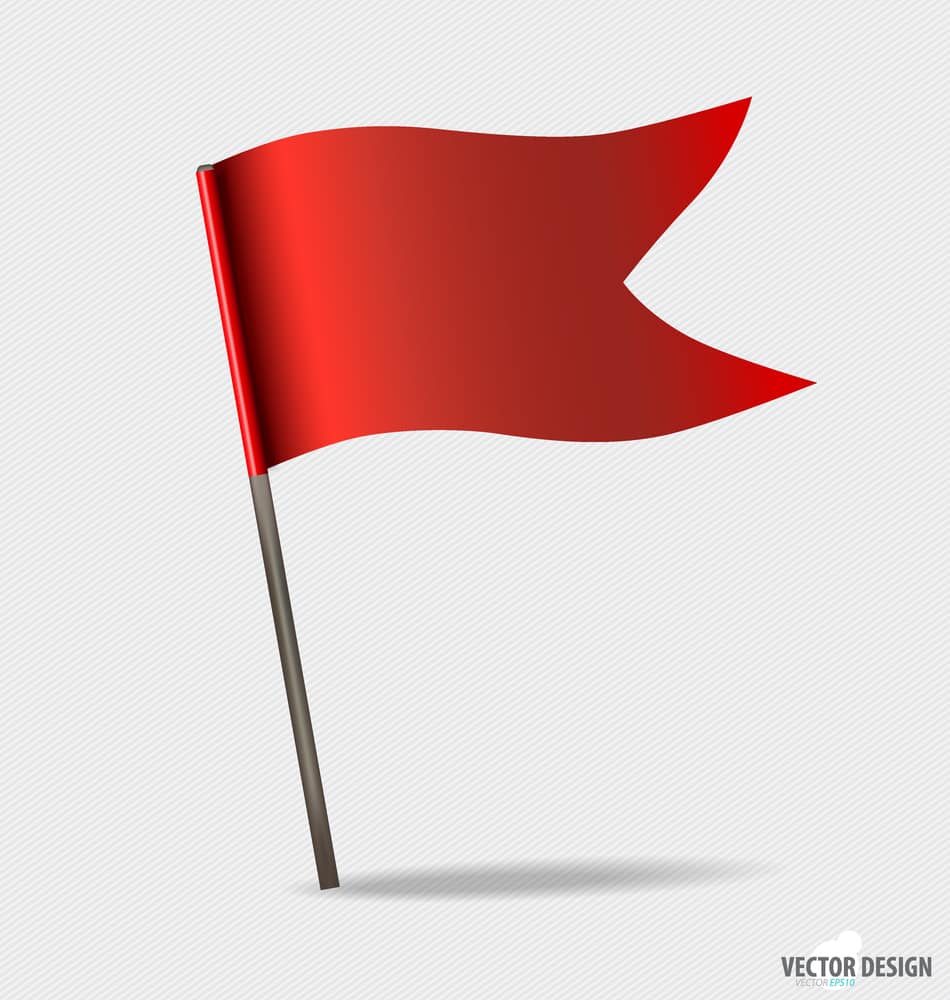 Rash decisions in the business world can be a significant expense. Not only can it be an expensive decision when changing out an insurer or third-party administrator (TPA), but it can lead to questions from both employees and clients.
Rash decisions in the business world can be a significant expense. Not only can it be an expensive decision when changing out an insurer or third-party administrator (TPA), but it can lead to questions from both employees and clients.
So, how do you best go about building a firm, long-term relationship between your business and your present claims administrator?
The simple way to go about that is by:
- Hiring a competent TPA to begin with
- Making sure all necessary information is provided to the TPA when asked for
- Asking questions of your TPA and keeping an open line of communication
Click Link to Access Free PDF Download
“How Do I Get My Adjusters To Follow My Account Handling Instructions?”
In order to best decrease your worker’s compensation expenses, make sure you put together a formidable relationship from day one.
As an example, a risk manager we worked with was ready to fire their TPA as he felt they were over-utilizing Nurse Case Management and it was too costly. We encouraged him to visit the TPA to get a better understanding of how claims were handled. After visiting with the adjusters, he learned he was receiving nurse expertise on nearly every claim for no charge, and when nurse case management was used it was saving him a great deal of money. There is no substitute for first-hand knowledge of your claims handling process.
Building a Constructive Relationship
-
- Begin by building a better relationship in becoming more informed regarding the services your claims administrator offers. Host a Vendor Day, and invite your TPA in with every one of their services – miss out on none. Ask for samples of reports and deliverables so you can better appreciate the product and will know when to request services. Have them provide brochures before Vendor Day, and read the brochures so you can ask worthwhile questions during about the services;
- Visit one or two claims offices and take in the process. Educate yourself on the categories of desks at your carrier, for example, what is the level of adjusters? Do adjusters have backup and clerical assistance to retrieve medical files or close files? Sit at the intake desk, and then join the lost time and medical adjusters for a short time at their desks. Look to see what takes place with medical bills when they enter the system until the time they are paid and filed. This will help you better appreciate how you can interact more effectively, what information adjusters need from you and what information you can offer regarding your workplace and employees;
- Lastly, invite your adjusters to come to your workplace, thereby letting them see what your business does, the kinds of jobs and skills necessary of the employees. They can then see exactly how an injury occurred better than if they’d never been to your work place. They can also view the possible transitional duty tasks, and maybe come up with a few more.
 Author Michael Stack, CEO Amaxx LLC. He is an expert in workers’ compensation cost containment systems and helps employers reduce their workers’ comp costs by 20% to 50%. He works as a consultant to large and mid-market clients, is a co-author of Your Ultimate Guide To Mastering Workers Comp Costs, a comprehensive step-by-step manual of cost containment strategies based on hands-on field experience, and is the founder & lead trainer of Amaxx Workers’ Comp Training Center, which offers the Certified Master of Workers’ Compensation national designation.
Author Michael Stack, CEO Amaxx LLC. He is an expert in workers’ compensation cost containment systems and helps employers reduce their workers’ comp costs by 20% to 50%. He works as a consultant to large and mid-market clients, is a co-author of Your Ultimate Guide To Mastering Workers Comp Costs, a comprehensive step-by-step manual of cost containment strategies based on hands-on field experience, and is the founder & lead trainer of Amaxx Workers’ Comp Training Center, which offers the Certified Master of Workers’ Compensation national designation.
Contact: [email protected].
Workers’ Comp Roundup Blog: http://blog.reduceyourworkerscomp.com/
©2022 Amaxx LLC. All rights reserved under International Copyright Law.
Do not use this information without independent verification. All state laws vary. You should consult with your insurance broker, attorney, or qualified professional.














 Red Flag Workers’ Comp Cost Drivers and How to Avoid Them
Red Flag Workers’ Comp Cost Drivers and How to Avoid Them
